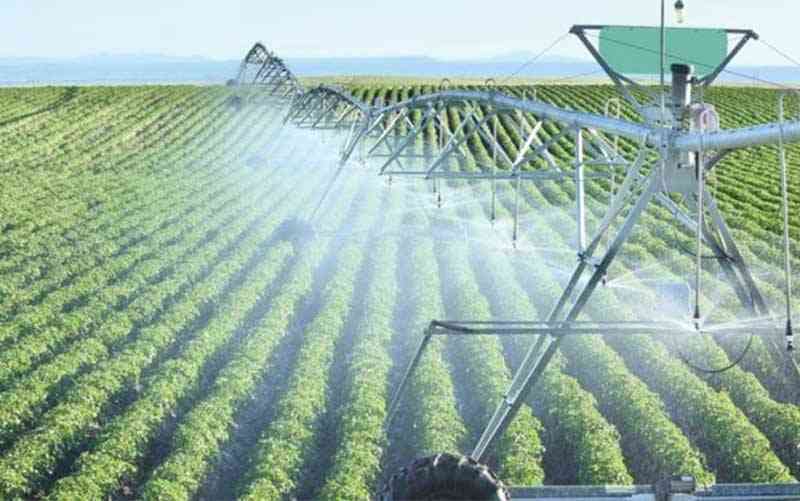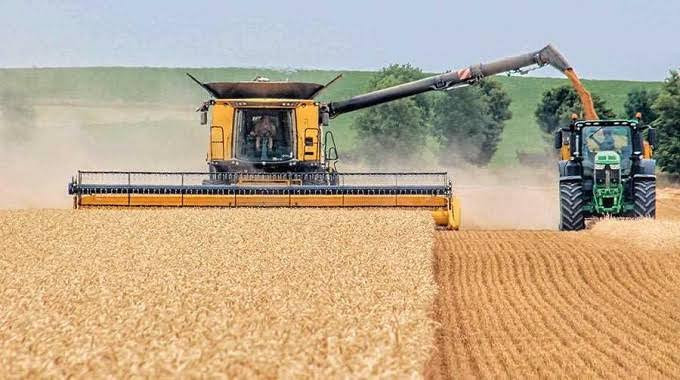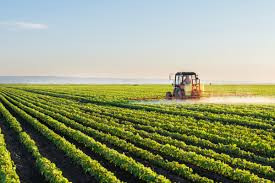
A TRADITIONAL leader in Hwedza, Chief Ruzane, has called upon the government and non-governmental organisations to revamp irrigation infrastructure and install new ones to help communities be self-sustainable.
Hwedza, which is in Mashonaland East province, is climatically divided into upper Hwedza and lower Hwedza. While upper Hwedza is cooler and has average-to-high rainfall, lower Hwedza experiences warmer-to-hot temperatures and low rainfall. Even the crops grown in the two regions differ significantly.
Chief Ruzane, born Washington Mbavha, told NewsDay Farming that irrigation systems needed to be installed since they have enough rivers to provide water for irrigation.
“So, we are saying to Japan Aid and other non-governmental organisations who are accepted here in Zimbabwe that we have many rivers in this area where irrigation systems can be set up which will help, rather than always relying on NGOs, as we will have enough water to irrigate our crops,” he said.
“As for us chiefs we have a programme which we call Zunde and we are pleading with them to come and drill boreholes for us and give us pipes instead of relying on the government for assistance. As chiefs in communities, we will be giving our people through Zunde.
“So, the government and NGOs should continue assisting us and as for us we need to keep working hard on farms even with these changes in climatic conditions. If we continue promoting farming and have our irrigation properly working, we will succeed.”
Crops such as cotton, sorghum and millet do better in lower Hwedza, while areas along Watershed Road leading to Hwedza from Harare are known for tobacco, maize and paprika production.
According to the ZimVAC 2022 assessment report, Hwedza is one of the country’s 15 districts with a high cereal insecurity prevalence.
- Mavhunga puts DeMbare into Chibuku quarterfinals
- Bulls to charge into Zimbabwe gold stocks
- Ndiraya concerned as goals dry up
- Letters: How solar power is transforming African farms
Keep Reading
The district has a global acute malnutrition rate of 7%, above the 5% WHO emergency threshold.
Due to COVID-19 lockdowns and unemployment, an increase in underweight and malnutrition among children under five years and pregnant and lactating mothers was observed.











